Passing a long line of cars waiting to get off the pontoon bridge on National Highway 32C, in Phung Nguyen Commune (Lam Thao District, Phu Tho Province), we followed the Red River dike to the Phong Chau Bridge construction site - where units of the 12th Army Corps are working day and night.
At the foot of the dike, a large construction site stretching along the river appears lively. Currently, the bridge piers near the shore have been completed and the beams are waiting for the next steps. On the ground gradually sloping down to the water's edge, the sound of excavators runs steadily, supporting the workers below to arrange the steel bars, erect and connect the formwork to cast the prestressed beams. At this time, because the construction materials are poured onto both sides of the water's edge, the surface of the Red River controls the flow, so the flow velocity is no longer as fierce as before.
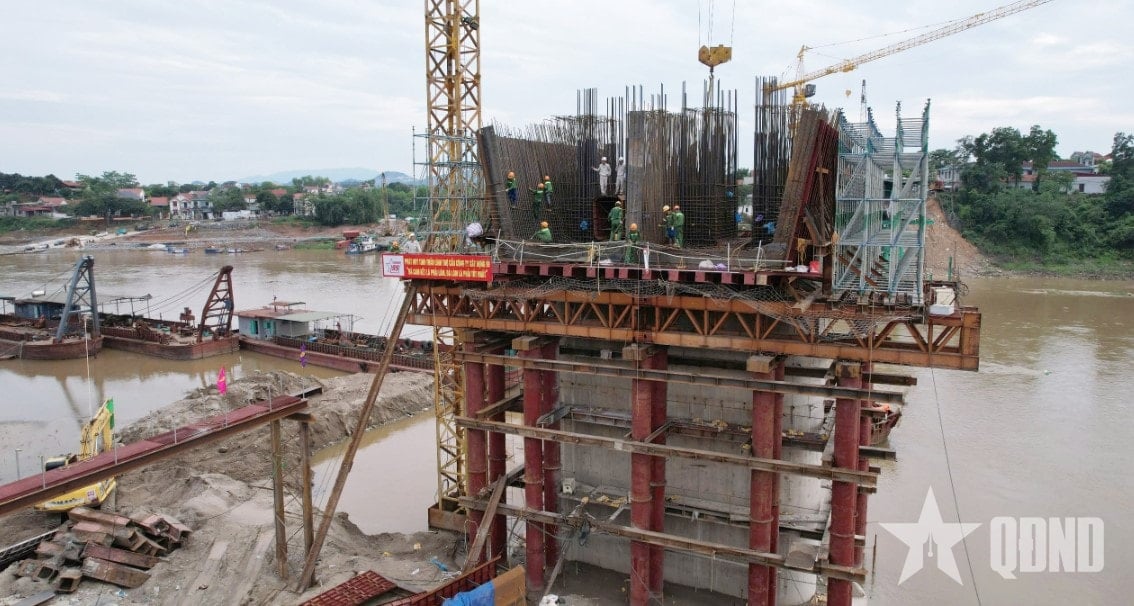 |
Workers of Army Corps 12 construct items at Phong Chau Bridge. Photo: HA AN |
Lieutenant Colonel Nham Manh Don, Party Committee member and Deputy Director of Truong Son 9 Management Board, with decades of experience in building bridges and roads all over the country, confided to us that the sounds at the construction site over the past few months were like a “symphony” with special melodies resounding from the Red River, keeping him awake. Sometimes the sounds were low, but sometimes they soared, sometimes they were rushing and rolling, and sometimes they were just the muffled hum of machinery mixed with the sound of water waves.
That evening, after dinner, Don confided in more detail about that special symphony. Accordingly, the climax of the “symphony” was when the old bridge piers were cut and demolished; when the steel Larsen piles were driven deep into the riverbed by high-powered machines to build a cofferdam wall to block the water; when the drilling machine rotated, the hydraulic press competed to push the concrete piles into the ground. Each drilling stroke, each pressing stroke was a powerful musical note - musical notes that opened the way for the future.
At night, the great construction site does not sleep. The high-pressure lamps shine brightly on the river area. In that light, the image of the tower cranes stretching their steel arms to load and unload materials high up like silent steel warriors contributes to writing a new story on the vital river of the Northern midland region. In the bright electric lights of the construction site, workers work diligently.
There are days when the construction site is like a trance. Especially during the construction phase of pouring the foundation - the place that determines the durability of the whole bridge. The foundation pit has been surrounded by cofferdam, the iron braces are densely packed, layers of steel bars are interwoven like spider webs, like blood vessels. Trucks of ready-mixed concrete follow each other from the mixing station upstream of the river and pour into the foundation pit through long pipes.
That was when the construction site “symphony” reached its climax. Vibrators, pumps, mixers—every sound was harsh and hurried. On the pile platform, dozens of workers were like moving musical notes. Some regulated the concrete pouring pipes, some adjusted the steel heads, some checked the vibrations… No one gave any orders to anyone.
Up to now, after nearly 5 months of "running around like crazy", racing every hour to meet the progress, the engineers and workers of Army Corps 12 have entered a pivotal stage: Construction of block K0 at pillars T4 and T5.
After passing the 45-degree inclined ladder made of Larsen stakes like a water trough with integrated 12mm diameter iron bars, I reached the construction site of block K0 at pillar T4 near the middle of the river. From the unfinished block K0, I could look down at the water surface, about 100m away. There, the usually fierce water of the Red River during flood season now flows gently. Looking downstream, the pontoon bridge installed by Brigade 249, Engineer Corps, across the river, still persistently carries people and vehicles across the river without stopping.
At this moment, we felt overwhelmed because we were surrounded by dense steel walls and heavy steel formwork panels. The vertical steel bars stretched up to the blue sky like spears. The workers of the 12th Corps were divided into many groups, working quietly. Some groups climbed up like spiders, coordinating the arrangement of the beam wall steel bars to assemble the steel formwork in time. In another small, narrow space, workers standing outside, wearing safety ropes, threw 16mm diameter twisted steel bars into the dense vertical steel bars that had been arranged earlier. When the steel bars reached their full range, the workers used one-millimeter steel wires to secure them in the shape of a plum blossom. Their work was repetitive under the blazing and hot sun. Their sweat soaked their shirts.
Mr. Nguyen Xuan Luyen, a long-time bridge construction engineer of the Corps, told me: “When the K0 concrete block is completed, the cantilever construction machine is deployed. The cantilever beam will be like a pair of wings stretching out in the air and then joining with other pillars to form the sturdy skeleton of the bridge.”
Standing on the K0 block filled with steel, Colonel Tran Ngoc Tuan, Party cell secretary, Director of the Truong Son 9 Executive Board, and Project Commander promised his boss, Colonel Nguyen The Luc, Party cell secretary, Deputy Commander of the 12th Corps: "We are determined to complete this item before May 19, nearly two months ahead of the schedule set by the investor on July 7." His words were light, but behind them was a silent campaign with all-night shifts, hurried footsteps, and batches of concrete poured down without missing a minute.
For professional bridge builders, constructing the K0 block is not simply pouring the first concrete block. It is the highest technical challenge - where even the smallest error can cause the entire cantilever arm to deviate hundreds of meters later. K0 is located on top of the bridge pier, which is the starting point of the balanced cantilever casting method. From here, each girder block will be cast symmetrically on both sides, like two arms reaching out to connect the two banks.
Veteran bridge engineers still compare the K0 block to the cornerstone, or rather, the foundation brick of the “arm of the sky”. It is not underground like a pile foundation, nor is it a closed main beam, but it is the silent and decisive starting point. From a small block, the whole bridge will rise. From a single point of support, the entire concrete arch will fly over the river.
And here, in the wind of the Red River, hour by hour, the K0 block is forming centimeter by centimeter, creating conditions for the next difficult item. Watching the workers work, I feel like they are artists setting the tone for the first note in a giant concerto called “Phong Chau”.
For those who have worked in construction and have worked on projects, they are probably very afraid of rain and water. For those who build bridges and roads, water is considered the number one enemy. According to Lieutenant Colonel Nham Manh Don, bridge construction is strongly influenced by climate, weather and hydrology. As the rainy season approaches, in parallel with completing the main items, the Executive Board is trying to speed up the progress of other items such as access roads and embankments. He said: “A bridge is not just an object but a connection between people and a part of the country. Therefore, our job is not just to build but to contribute to creating the future.”
Being optimistic, always looking forward to have the motivation to move forward, to work effectively is what everyone wants. However, sometimes "God" brings sudden rains that will interrupt the work, slowing down the construction progress. I imagine, on rainy days, the construction site does not have the sound of machinery. At night, the workers do not work, only the security lights shine a small light in the vast darkness, the "symphony" at Phong Chau bridge is very boring.
Saying goodbye to Phong Chau bridge, we deeply understood the words of Colonel Nguyen The Luc when talking to the construction staff at the construction site. He said: “During the war, the whole country went to Truong Son and for Truong Son. In peacetime , Truong Son must be for the whole country. Wherever there is difficulty, there are Truong Son soldiers. Every project, a road, an airport or a port that Truong Son constructs and completes carries within it pride and a spirit of dedication and sacrifice. Therefore, despite the difficulties, we must overcome them so that the promise to the leaders of the Party, the State, the Government and the local authorities and people becomes a cultural value more precious than gold”.
Article and photos: THANH AN - DUYEN HA
*Please visit the section "Steadfast Steps Under the Party Flag" to see related news and articles.
Source: https://baodaknong.vn/tinh-than-xe-doc-truong-son-tren-nhung-cong-trinh-trong-diem-bai-3-khi-phach-truong-son-o-phong-chau-tiep-theo-va-het-252944.html


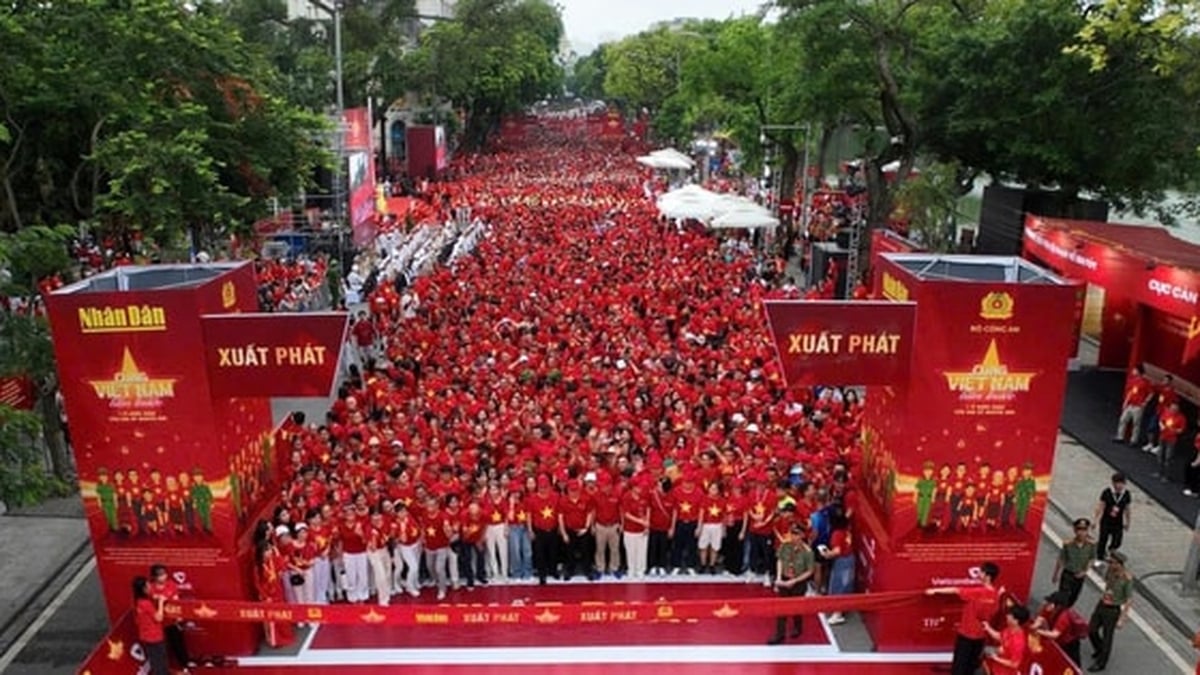
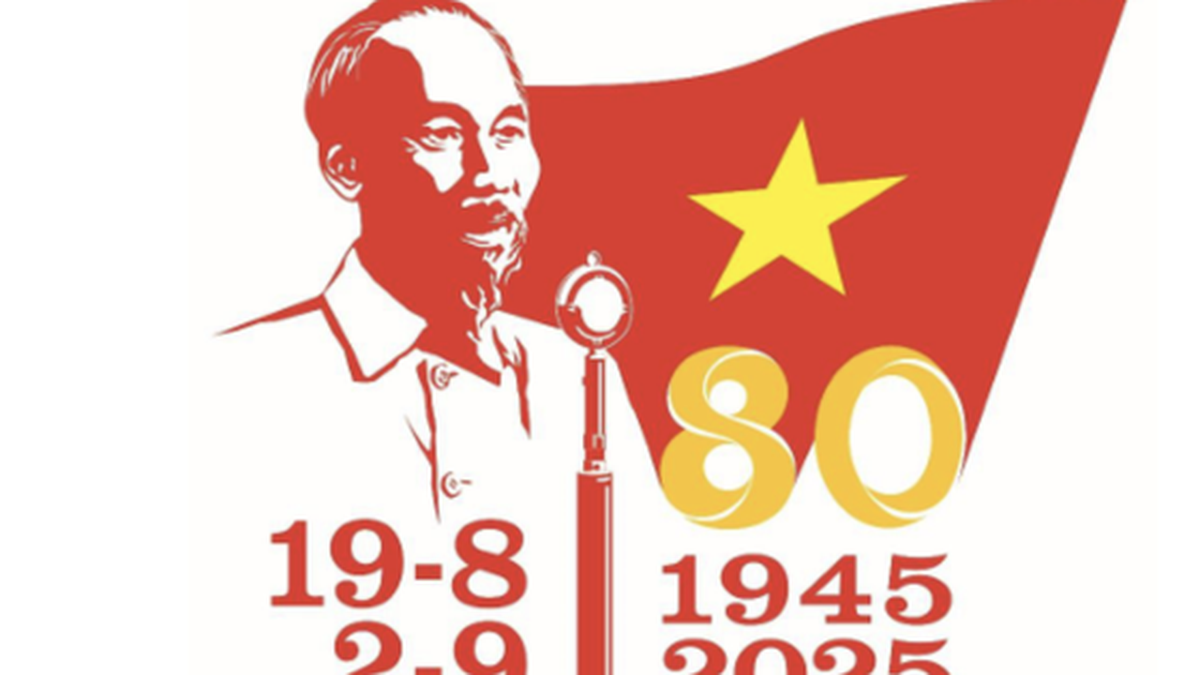
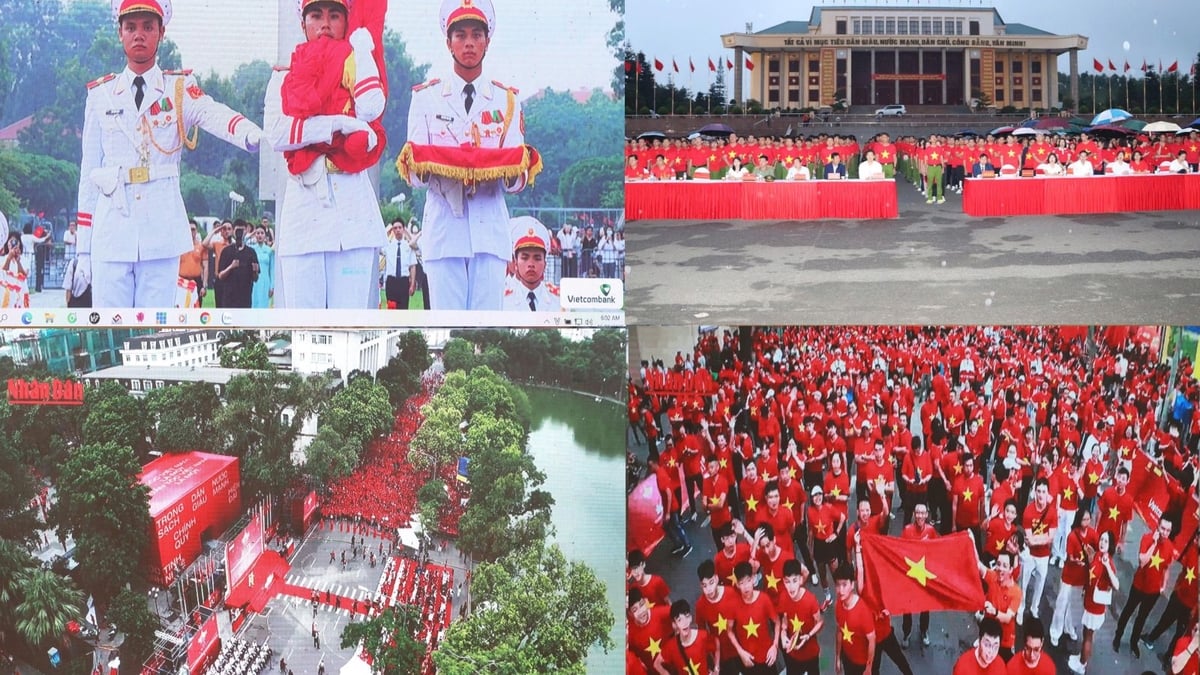
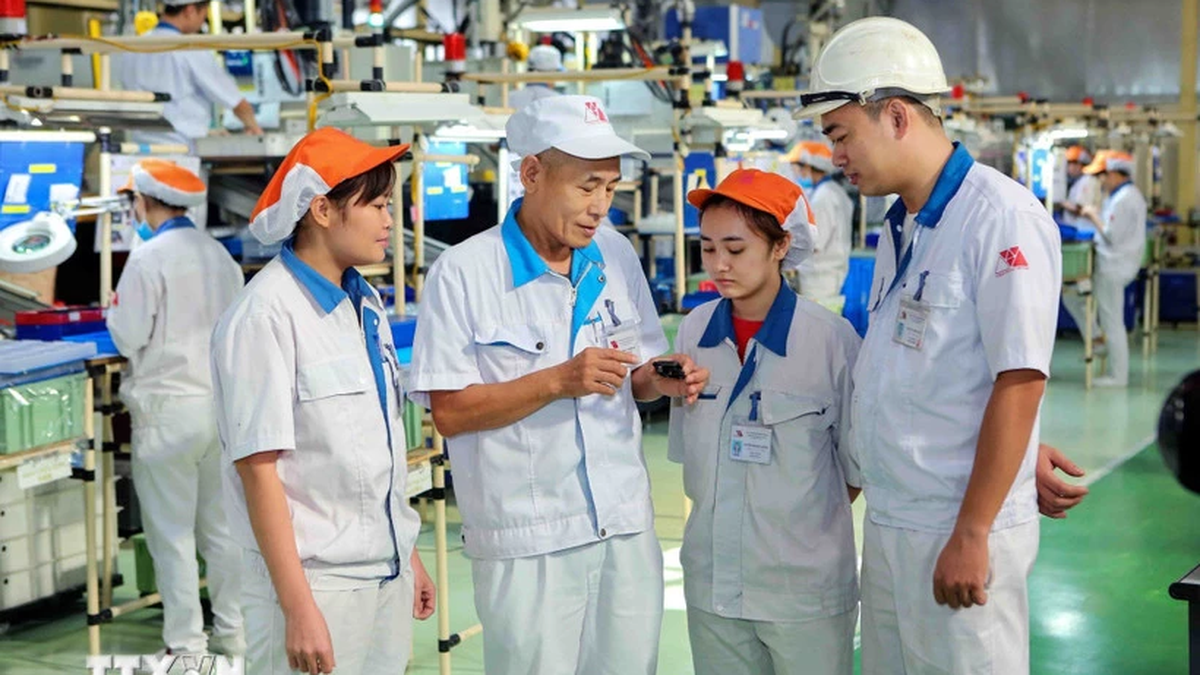
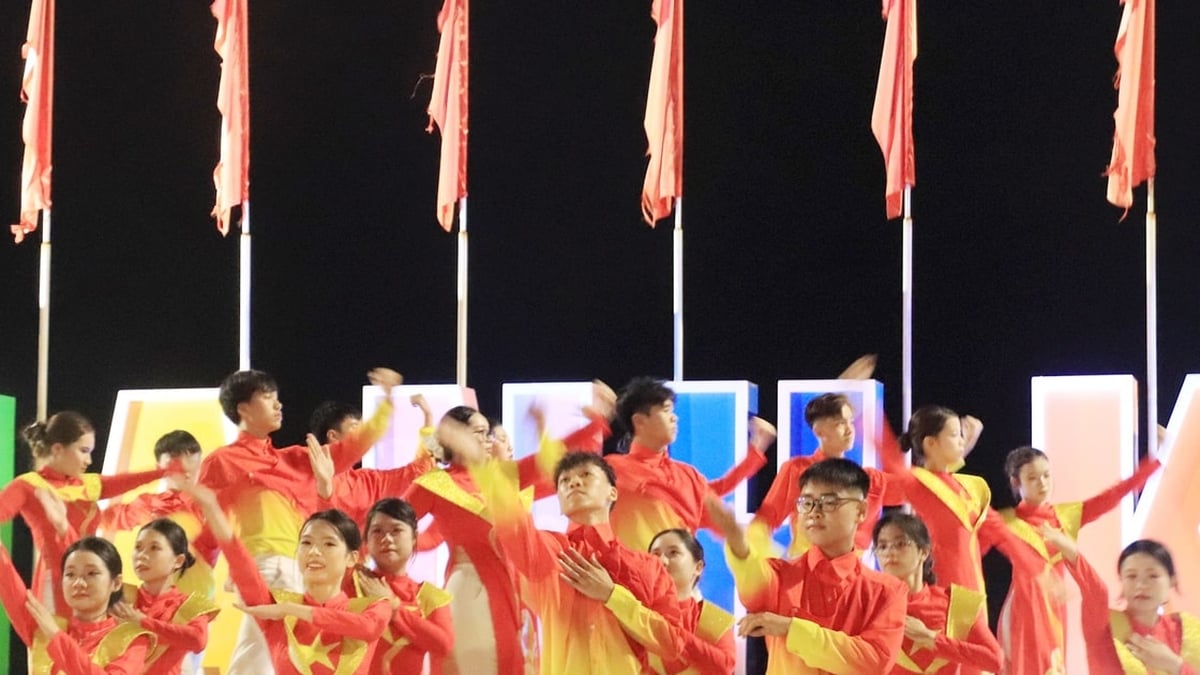
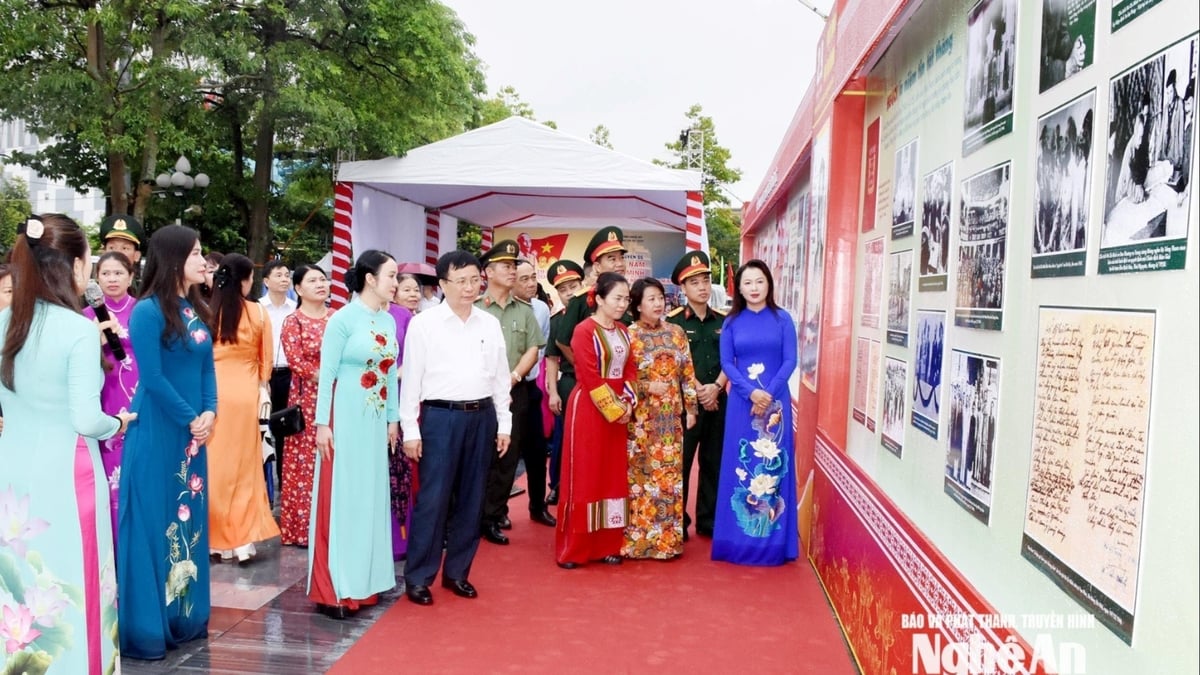
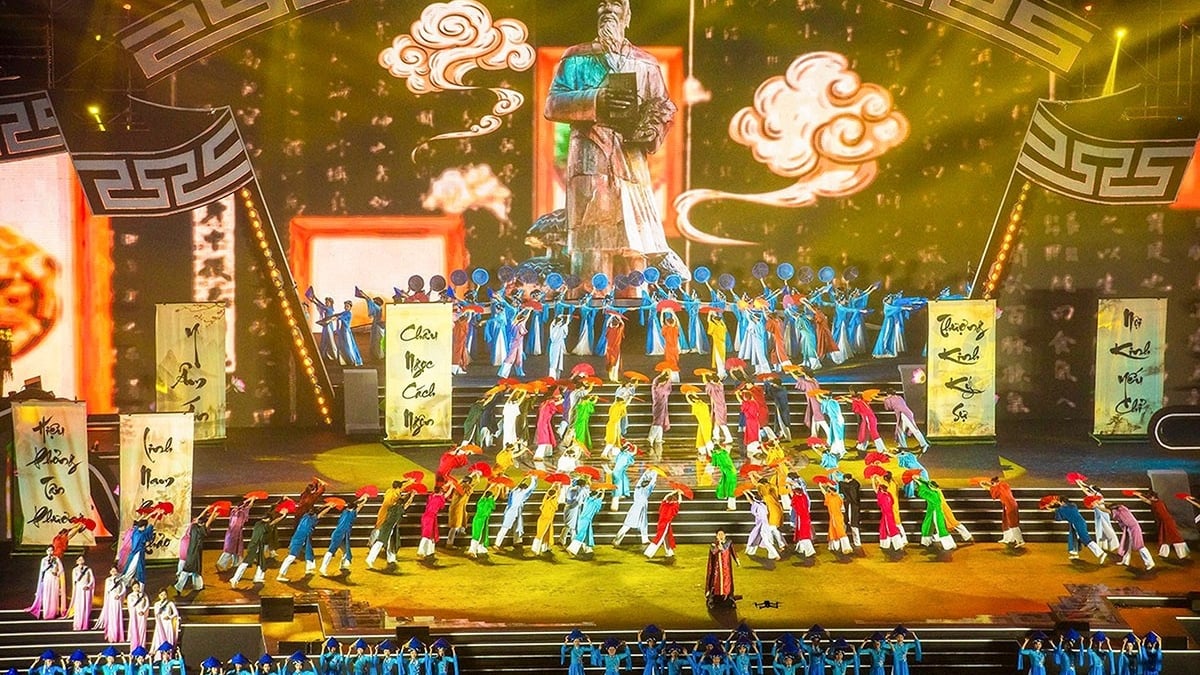
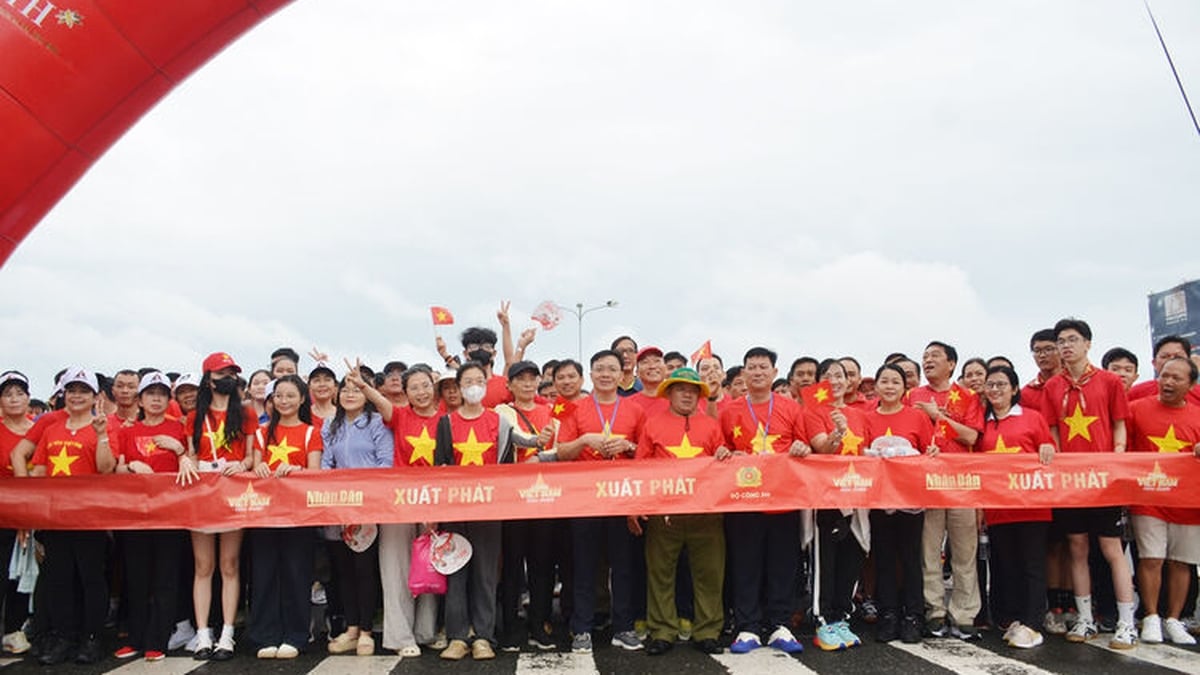
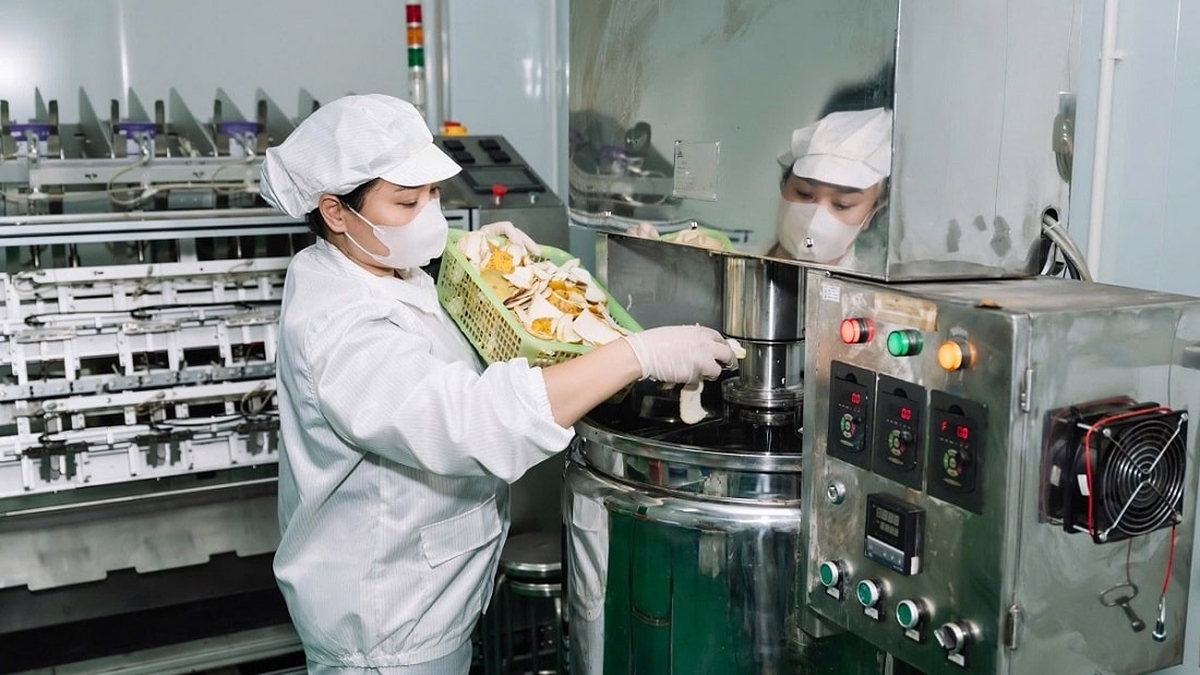

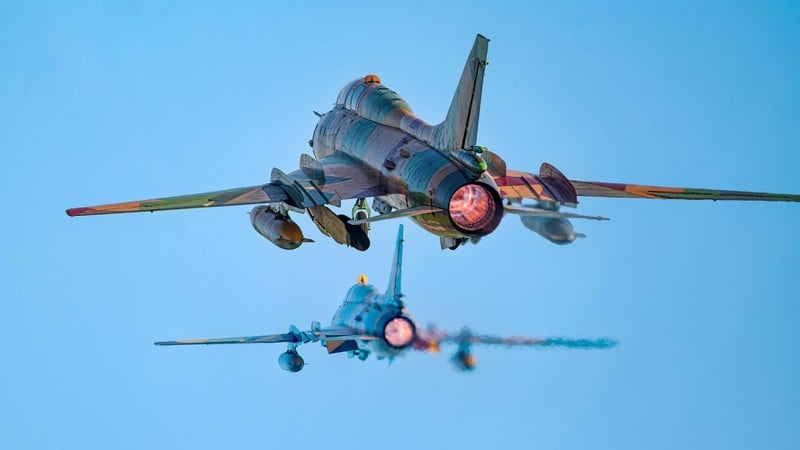









![[Photo] Prime Minister Pham Minh Chinh talks on the phone with Cambodian Prime Minister Hun Manet](https://vphoto.vietnam.vn/thumb/1200x675/vietnam/resource/IMAGE/2025/8/15/72d3838db8154bafabdadc0a5165677f)

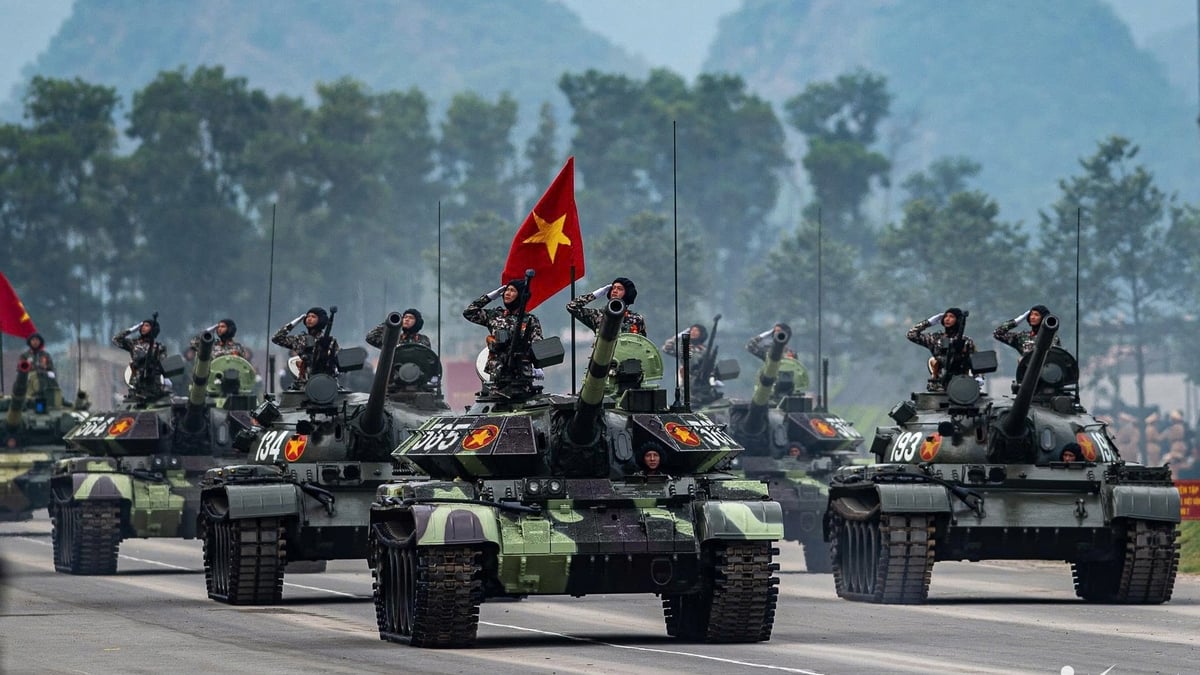
![[Photo] Red and yellow stars at the launching ceremony of the program "Moving Forward with Vietnam"](https://vphoto.vietnam.vn/thumb/1200x675/vietnam/resource/IMAGE/2025/8/16/076df6ed0eb345cfa3d1cd1d7591a66f)

![[Photo] Prime Minister Pham Minh Chinh attends a special art program called "Hanoi - From the historic autumn of 1945"](https://vphoto.vietnam.vn/thumb/1200x675/vietnam/resource/IMAGE/2025/8/15/c1c42655275c40d1be461fee0fd132f3)
![[Photo] The special solidarity relationship between Vietnam and Cuba](https://vphoto.vietnam.vn/thumb/1200x675/vietnam/resource/IMAGE/2025/8/15/5f06c789ab1647c384ccb78b222ad18e)
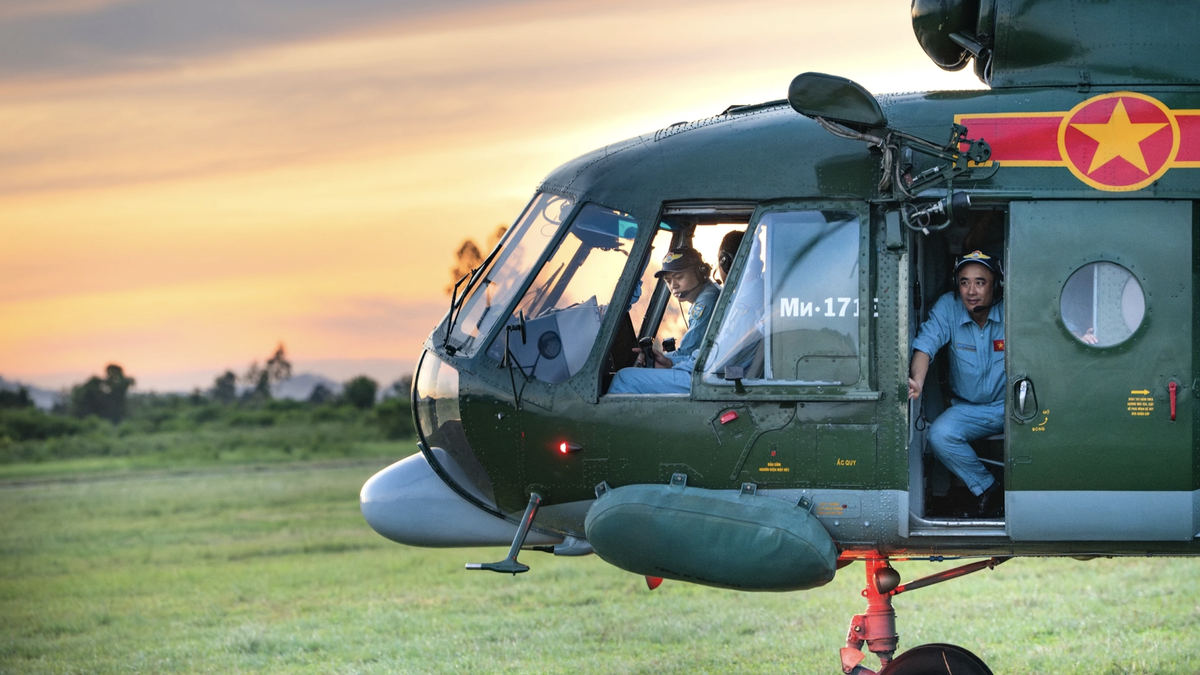
![[Photo] Firmly marching under the military flag: Ready for the big festival](https://vphoto.vietnam.vn/thumb/1200x675/vietnam/resource/IMAGE/2025/8/15/86df2fb3199343e0b16b178d53f841ec)
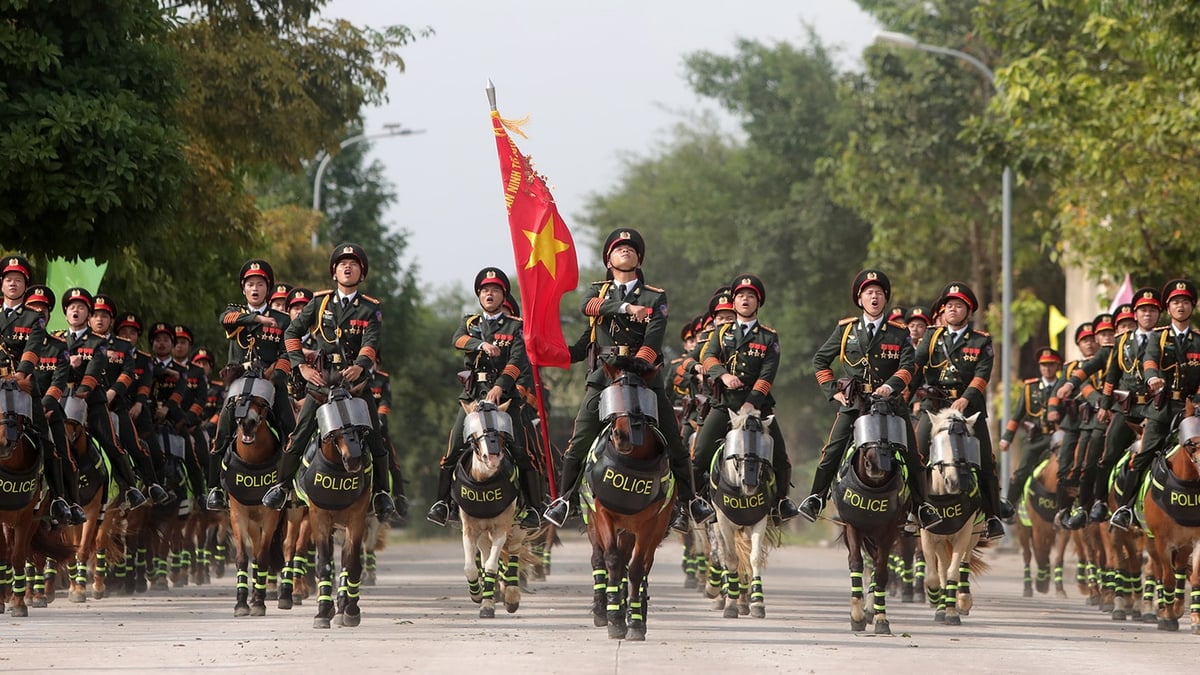
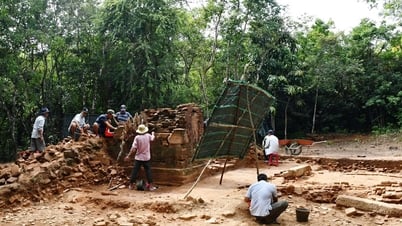

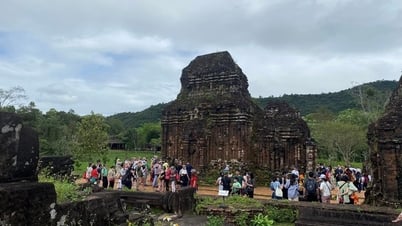



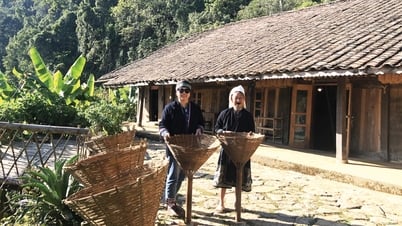




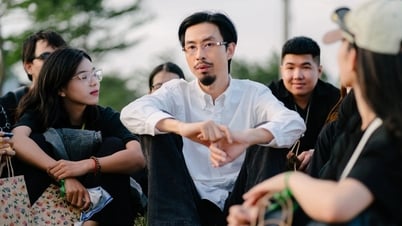

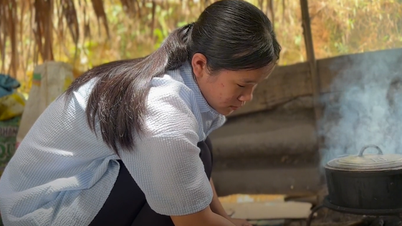





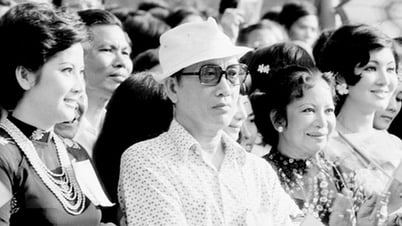

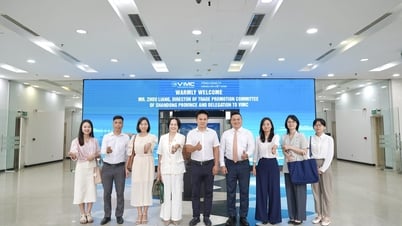

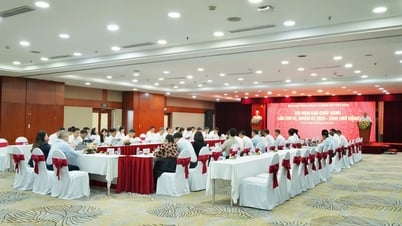




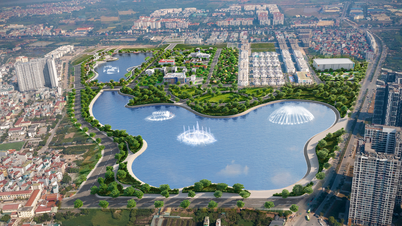



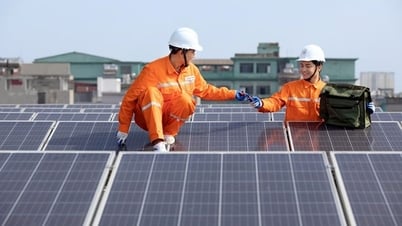

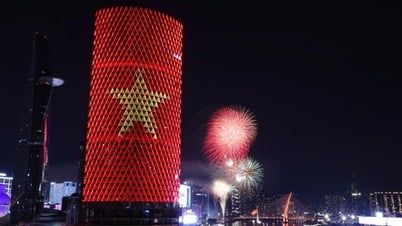
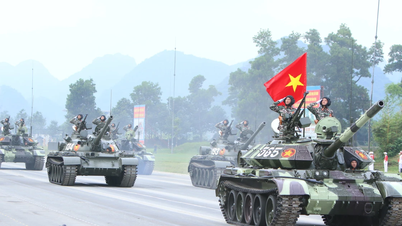

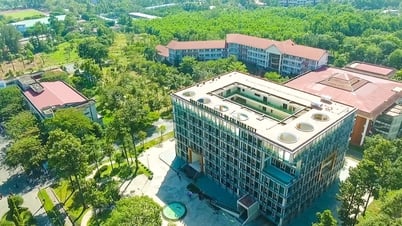


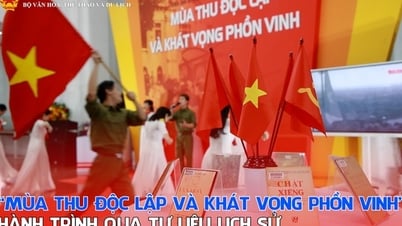

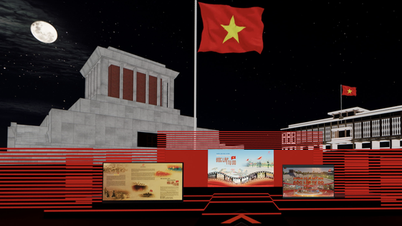
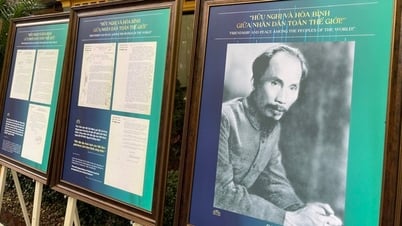






















Comment (0)